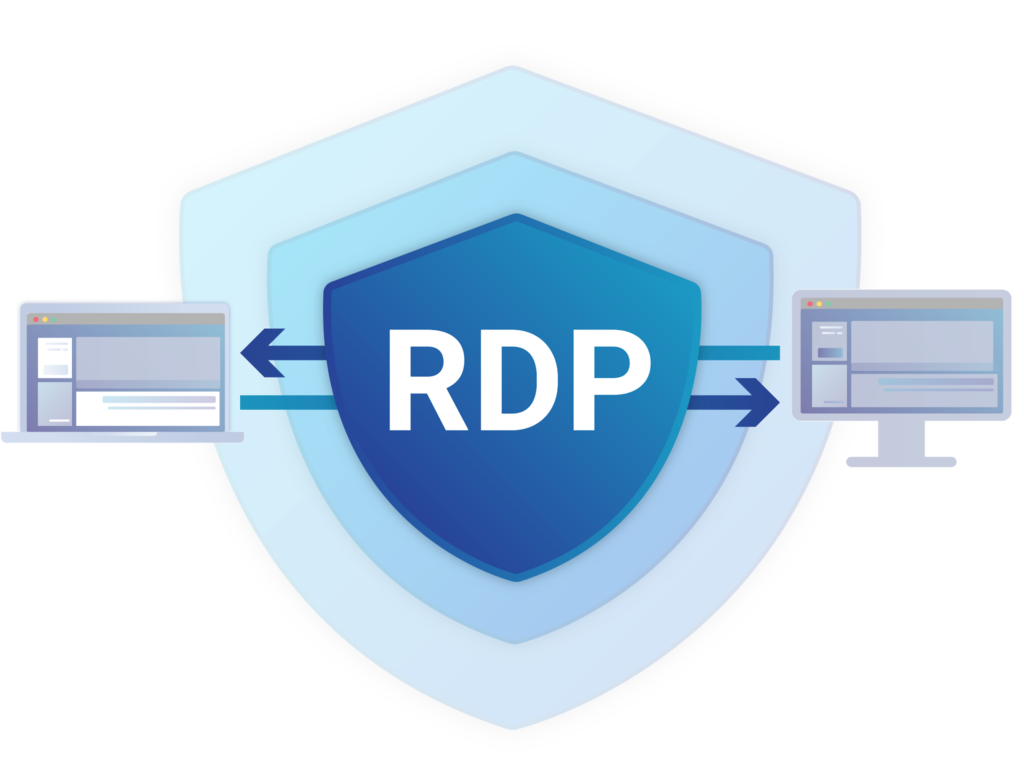Choosing the Best RDP Service in Singapore
RDP Singapore

Definition of RDP
RDP, or Remote Desktop Protocol, is a technology that allows users to access a computer or a virtual machine remotely. It has become a crucial aspect of business operations, enabling seamless connectivity and collaboration.
Importance of RDP in Business Operations
In today’s fast-paced business environment, the ability to access and manage computers or servers remotely is a game-changer. RDP facilitates efficient teamwork, enhances productivity, and provides cost-effective solutions for businesses.
- Advantages of RDP in Singapore
Enhanced Connectivity
One of the primary advantages of using RDP Singapore is the ability to establish a secure and reliable connection to remote systems. This feature is particularly beneficial for businesses with geographically dispersed teams.
Increased Productivity
RDP allows employees to access their work computers from anywhere, eliminating the constraints of physical location. This flexibility enhances productivity, as work can be conducted seamlessly whether in the office or remotely.
Cost-Effectiveness
By leveraging RDP, businesses can reduce the need for physical infrastructure and hardware. This not only cuts costs but also streamlines operations, making it an attractive solution for both small enterprises and large corporations.
III. Choosing the Best RDP Service in Singapore
Reliability and Uptime
When selecting an RDP service, reliability and uptime are critical factors. Users need assurance that the service will be available whenever required. Thoroughly researching the provider’s track record and customer reviews is crucial.
Security Features
Security is paramount in remote desktop connections. The chosen RDP service should offer robust encryption, multi-factor authentication, and regular security updates to protect against cyber threats.
Customer Support
Prompt and efficient customer support is vital in addressing any issues that may arise during RDP usage. Evaluating the provider’s customer support services ensures a smooth experience.
- Popular RDP Providers in Singapore
Provider A
Features
Provider A boasts advanced features such as seamless file transfer, multi-monitor support, and customizable security settings.
Pricing
Competitive pricing models make Provider A an attractive option for businesses of all sizes.
Provider B
Features
Provider B emphasizes user-friendly interfaces and high-speed connections, catering to the needs of diverse users.
Pricing
Transparent pricing structures and flexible plans make Provider B a versatile choice.
- Setting up RDP in Singapore
Step-by-Step Guide
Setting up RDP involves configuring the host system and ensuring firewall permissions. A step-by-step guide simplifies the process for users, promoting ease of use.
Common Challenges and Solutions
Addressing potential challenges, such as network issues or compatibility problems, ensures a smooth setup. Troubleshooting tips can assist users in overcoming common obstacles.
- Optimizing RDP Performance
Bandwidth Considerations
Optimizing RDP performance requires considering bandwidth limitations. Strategies like compression and limiting background processes contribute to a smoother experience.
Software and Hardware Optimizations
Regular updates to RDP software and ensuring that hardware meets system requirements are essential for optimal performance.
Troubleshooting Tips
Quick tips for addressing performance issues, such as lag or connection drops, can enhance the overall user experience.
VII. Risks and Security Measures
Common Risks Associated with RDP
Understanding the risks, including unauthorized access and data breaches, allows users to implement effective security measures.
Best Practices for Securing RDP Connections
Implementing strong passwords, enabling network-level authentication, and using virtual private networks (VPNs) are among the best practices for securing RDP connections.
VIII. Case Studies
Successful Implementation Stories
Exploring real-world examples of businesses successfully implementing RDP provides insights into its practical applications.
Lessons Learned from RDP Experiences in Singapore
Analyzing challenges faced by businesses in Singapore and the lessons learned from those experiences helps readers make informed decisions.
- Future Trends in RDP Technology
Emerging Technologies in Remote Desktop Solutions
Anticipated developments in RDP technology, such as augmented reality integrations and enhanced collaboration features, offer a glimpse into the future.
Potential Impact on Businesses in Singapore
Understanding how evolving RDP technologies may impact businesses in Singapore prepares organizations for the future.
- Conclusion
In conclusion, RDP Singapore is a powerful tool that not only enhances connectivity and productivity but also offers cost-effective solutions. By choosing the right RDP service, implementing security measures, and staying abreast of emerging trends, businesses can harness the full potential of remote desktop solutions.
Frequently Asked Questions (FAQs)
Is RDP suitable for all types of businesses?
-
- Yes, RDP can benefit businesses of various sizes and industries, offering flexibility and improved accessibility.
How do I ensure the security of my RDP connection?
-
- Implementing strong passwords, enabling multi-factor authentication, and using VPNs are effective ways to secure your RDP connection.
What are the common challenges in setting up RDP in Singapore?
-
- Common challenges include network issues, firewall configurations, and compatibility problems, which can be addressed with proper guidance.
Can RDP be used on mobile devices?
-
- Yes, many RDP services offer mobile applications, allowing users to access remote desktops from their smartphones or tablets.
What is the future of RDP technology?
-
- The future of RDP technology includes advancements such as augmented reality integration and enhanced collaboration features, shaping a more dynamic remote work experience.

